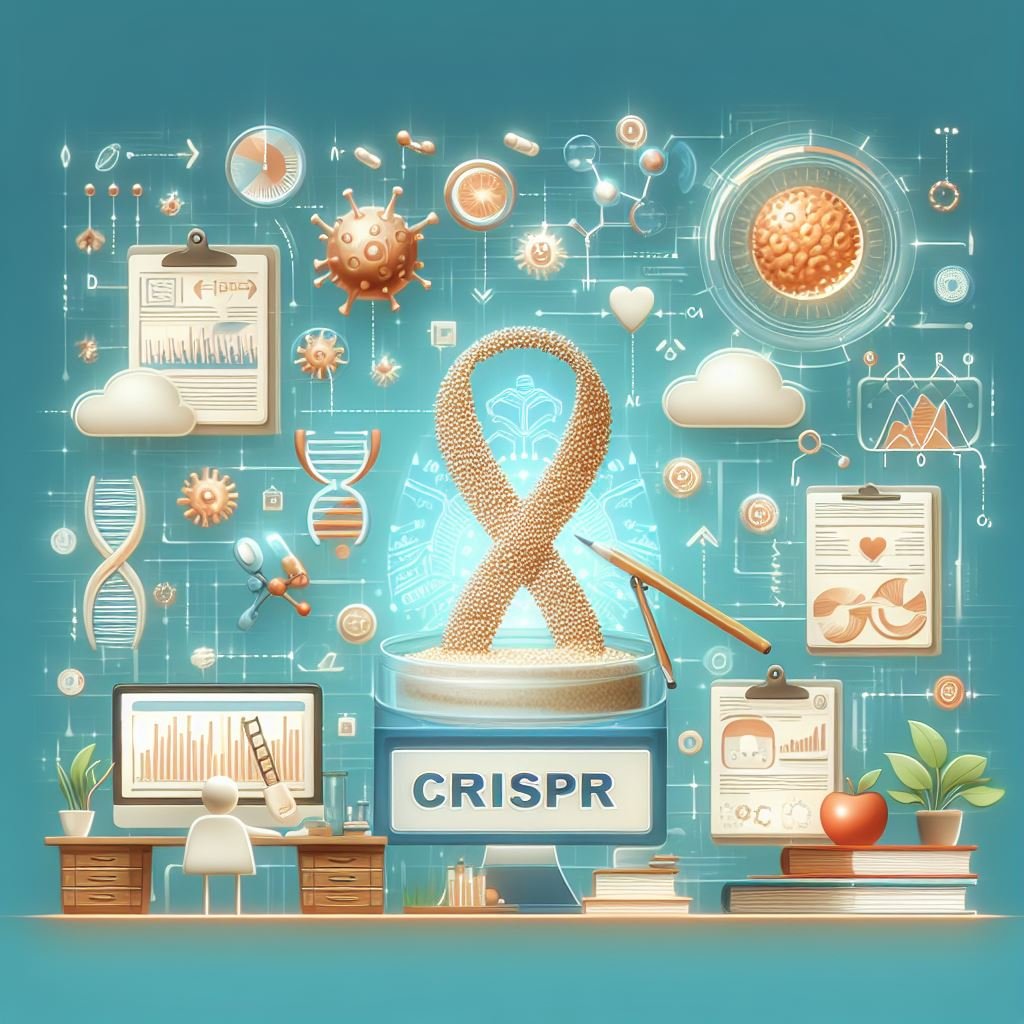How does CRISPR work, step by step?

CRISPR (Clustered Regularly Interspaced Short Palindromic Repeats) is a revolutionary technology in genetic engineering. It works like a precise pair of molecular scissors, enabling scientists to edit DNA strands. Here’s a step-by-step breakdown of how CRISPR works:
1. Designing the Guide RNA (gRNA): The first step is to create a piece of RNA with the exact sequence of the DNA segment that needs editing. This RNA is called guide RNA (gRNA). It’s designed to match the specific DNA sequence that is targeted for editing.
2. Combining gRNA with Cas9: The gRNA is combined with a protein called Cas9. This protein is an enzyme that acts like molecular scissors. The gRNA guides Cas9 to the exact spot in the DNA sequence that matches its own sequence.
3. Finding the Target: The combined gRNA and Cas9 then search through the cell's DNA. They look for a DNA sequence that matches the gRNA.
4. DNA Cutting: Once the target DNA sequence is found, the Cas9 protein cuts the DNA strand at this specific location. This cut is very precise, occurring exactly where the gRNA sequence aligns with the DNA sequence.
5. Cell's Repair Mechanism Activates: Cutting the DNA triggers the cell's natural repair mechanisms. Cells can repair DNA in a few ways, but two common methods are Non-Homologous End Joining (NHEJ) and Homology-Directed Repair (HDR).
6. Editing the DNA:
NHEJ: In Non-Homologous End Joining, the cell fixes the break by joining the two cut ends directly together. This method is a bit error-prone and can introduce small deletions or insertions, which can disrupt the function of a gene—useful for gene knockout.
HDR: In Homology-Directed Repair, a DNA template with the desired sequence is introduced into the cell along with the gRNA and Cas9. The cell uses this template to repair the cut, incorporating the new sequence into the genome. This method is used for precise gene editing.
7. Outcome: The result is an altered DNA sequence. Either a gene has been disrupted (knocked out), or a new sequence has been added (knock-in).
8. Verification: Scientists then verify the edit to ensure the desired change has been made. This is done using sequencing or other molecular biology techniques.
CRISPR technology has revolutionized genetic research due to its precision, efficiency, and relative simplicity. It has vast potential applications, from treating genetic disorders to improving crop resilience. However, ethical considerations are paramount when it comes to editing the genetic material of living organisms, particularly in humans. 🧬✂️🔬






























